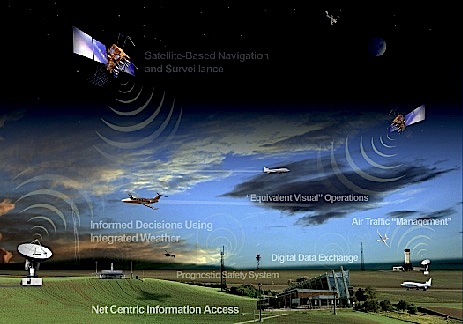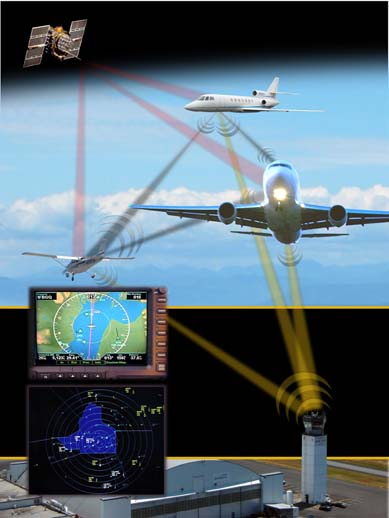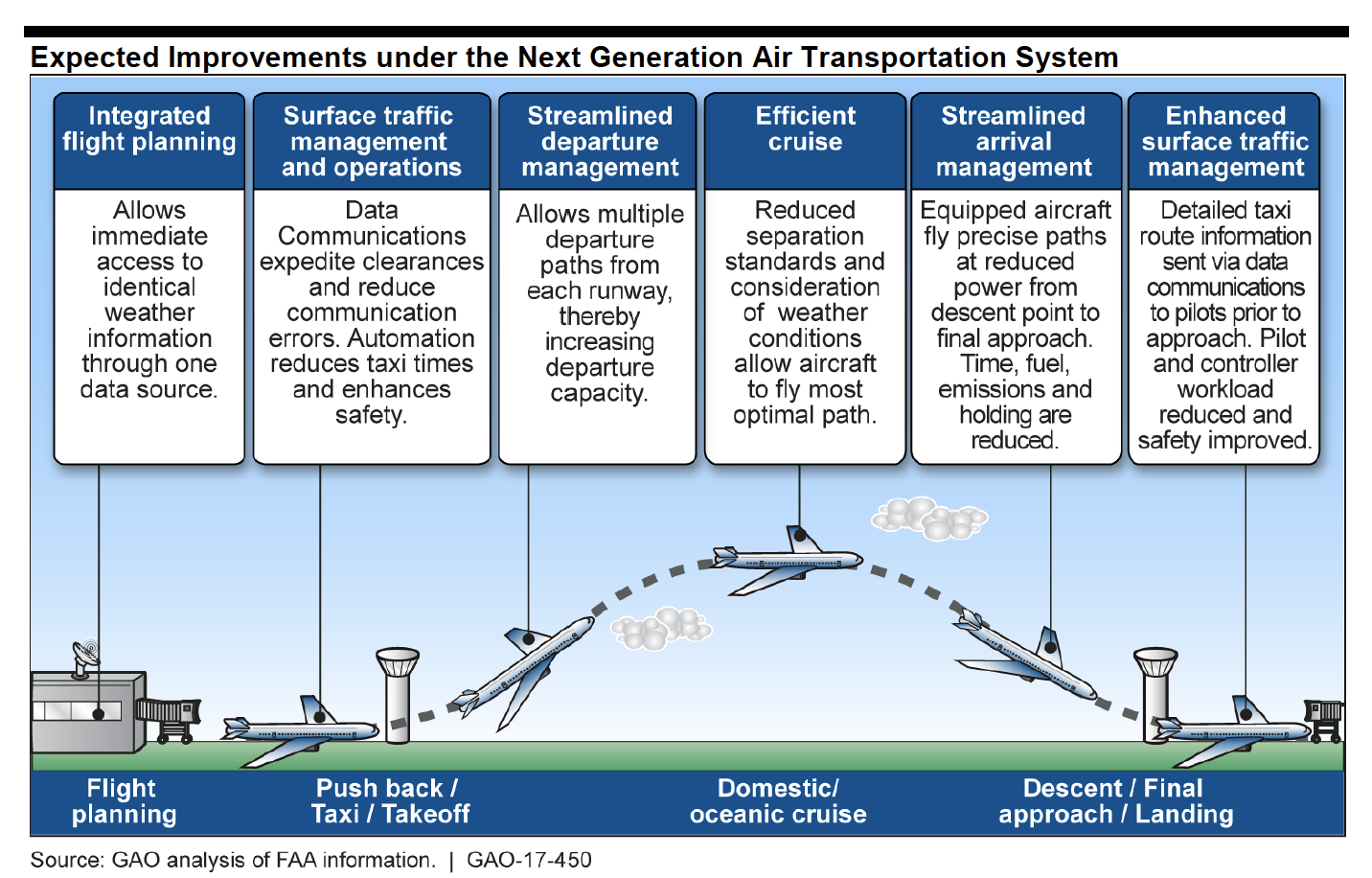Aviation officials Thursday (September 25, 2014) for the first time approved the use of unmanned aircraft for commercial filming in the United States, opening the door to what is expected to be a slow-building gold rush to the skies.
Six companies received exemptions from the existing rules, which generally ban the commercial use of unmanned aerial systems or UAS. The exemptions were granted to RC Pro Productions Consulting LLC dba Vortex Aerial, Aerial MOB LLC, Astraeus Aeria, HeliVideo Productions LLC, Pictorvision Inc., and Snaproll Media LLC.
Aviation officials Thursday (September 25, 2014) for the first time approved the use of unmanned aircraft for commercial filming in the United States, opening the door to what is expected to be a slow-building gold rush to the skies.
Six companies received exemptions from the existing rules, which generally ban the commercial use of unmanned aerial systems or UAS. The exemptions were granted to RC Pro Productions Consulting LLC dba Vortex Aerial, Aerial MOB LLC, Astraeus Aeria, HeliVideo Productions LLC, Pictorvision Inc., and Snaproll Media LLC.
The firms were part of a group of seven that coordinated their applications and submitted them together May 27 — becoming the first firms to apply. The application of a seventh firm, Flying-Cam Aerial Systems, is still pending.
The companies will use certified pilots to maneuver small aircraft within the highly controlled confines of film sets.
“The key thing is that they are operating on closed sets,” said Federal Aviation Administration (FAA) Administrator Michael Huerta in a call with reporters. “That’s one of the key findings that we made in looking at these users.”
The six are currently prohibited from operating at night although that could change pending future discussions.
A point that probably helped the petitioners was that the unmanned craft would likely replace full-sized helicopters now used for some filming tasks.
The FAA was weighing the trade-offs in terms of safety and cost “versus what [the film companies are] doing now with helicopters,” said Mark Dombroff, a partner at the law firm of McKenna Long & Aldridge LLP, which has a specialty in unmanned law.
Another factor was the risk of “off-shoring,” the sending of work overseas, which has afflicted Hollywood in recent years. The current restrictions are “driving a lot of the filmmaking activities that would otherwise use drones out of the United States to other countries,” Dombroff said.
“I think a lot of people are pleasantly surprised that we’re seeing the first approvals at this point. “It could’ve taken longer,” said Greg Cirillo, a partner at the law firm of Wiley Rein LLP and the chair of its aviation group. “So, kudos to the FAA for looking at these right away and getting it through.”
The firms filed their requests under Section 333 of the FAA Modernization and Reform Act of 2012 — a provision that allows the FAA to approve uses it considers safe while it works out broader rules for unmanned aerial systems or UAS. Those rules are expected to emerge in stages with the first set for smaller UAS being published for comment later this year. In the meantime Huerta said that the FAA would publish a guide on how to file for a Section 333 exemption.
NextGen Faces Another Audit
The exemption announcement came just days after the inspector general at the U.S. Department of Transportation (DoT) announced a new audit of the Next Generation Air Transportation System (NextGen) — a new air traffic management network that relies heavily on GNSS services and may be crucial for enabling larger unmanned aircraft to operate in U.S. skies.
“If unmanned aircraft are going to be in the airspace, the volume of aircraft traffic is going to increase exponentially,” said Cirillo. “When the FAA tackles the larger UAS markets then you’re going to be dealing with aircraft that really are in the airspace as we generally think of it.”
NextGen may not be essential for small drones, Cirillo said, but the system may become “very critical with the larger ones, which are at least a few years down the road.”
But questions persist about the future of NextGen as costs escalate and slow progress in implementing needed ground improvements frustrate users. Calvin Scovel, the Department of Transportation’s Inspector General told Congress earlier this year that the cost for the system could triple to $120 billion and require an additional decade to finish — potentially pushing completion of the project back to 2035.
The FAA has six “transformational programs” essential to the success of NextGen: Automatic Dependent Surveillance-Broadcast (ADS-B), System-Wide Information Management, Data Communications, National Airspace System Voice System, Common Support Services-Weather, and the Collaborative Air Traffic Management Technologies. The agency has invested nearly $3 billion in these programs and is requesting an additional $488 million for fiscal year 2015, said the DoT’s Assistant Inspector General for Aviation Audits Matthew Hampton in a September 22 letter.
An earlier audit by the IG found that the agency’s implementation of those six programs “limits visibility into total costs, timelines, and expected benefits,” Hampton wrote. “We also found that FAA’s progress in implementing the programs has been impacted by a lack of finalized requirements and complex interdependencies with other FAA modernization programs, including integration challenges with automation systems controllers rely on to manage air traffic.”
An IG audit released a few weeks earlier had found that the initial capabilities and benefits of ADS-B were limited — even though some $1.7 billion had already been spent. The FAA itself, the audit said, had determined that the total costs for the current ADS-B program, including funding that had already been spent, would “outweigh the projected benefits of the program by as much as $588 million.”
At the request of the chairman and ranking member of the Senate Committee on Commerce, Science, and Transportation, Hampton said, the IG’s office is now launching a new audit of all six transformational programs. The goal would be to “identify any (1) formal changes FAA has made to its programs’ scope, including costs and schedules, and (2) adjustments in FAA’s anticipated benefits with respect to reducing Agency costs and improving the flow of air traffic.”






